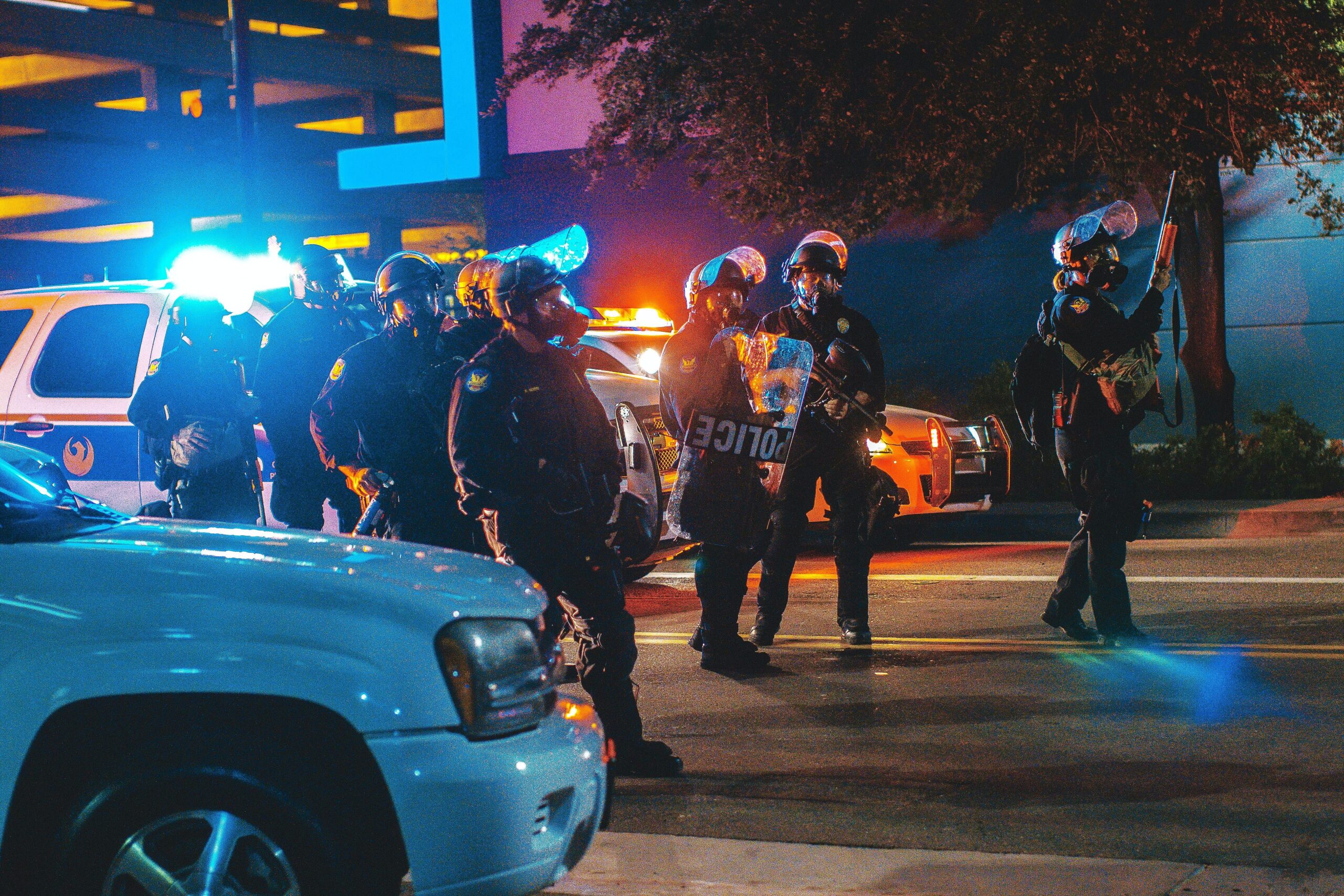As the United States faces a year of racial reckoning, nearly every major institution within our society has been called out for its lack of diversity. Our country’s police force has been central to this conversation. Intuitively, we strive to make police departments more reflective of the communities they serve in hopes of reducing the disproportionate harm they impose on BIPOC communities. But by focusing reforms on the diversity of the police force alone, we distract from structural policy changes and place the burden of work on the BIPOC community, a group already experiencing the crushing consequences of police brutality.
The Chicago Police Department and its disturbing history of torturing (primarily Black) men and women is a prime example of this undue burden. Between 1972-1991, the department tortured over 100 innocent people in Chicago’s Area 2 to induce confessions. Jon Burge, the commander at the time, was accused of running a “reign of terror” that employed unconstitutional torture tactics including electrocution and suffocation. This history is troubling not just because of Burge’s role as a single actor, but also the fact that this was an open secret in the department for decades that went largely unquestioned while it was happening and unpunished in the aftermath.
In 1983, Harold Washington was elected as Chicago’s first Black mayor and ran on the explicit goal of improving police accountability. Washington made great strides toward this goal, opening lines of communication between district commanders and citizens and even appointing the first Black police superintendent. And yet, unsurprisingly, Black leadership alone was not enough to curtail the use of police torture. The Washington administration’s legislative agenda was consistently blocked by an uncooperative City Council – he was even quoted saying, “I have about as much control over the Chicago Police Department as I do over Puerto Rico.”
The struggles Washington faced reflect an institution that reacted to his election with racial hostility and resistance. Author Laurence Ralph, who wrote a book centered on this episode of police torture, highlights the hostility Black officers who served in Chicago during this time also experienced. He wonders whether their distress was twofold, “not [only emerging] because you participated in this brutality, but because the other options available to you were also fraught with peril.” During Burge’s reign of terror, if prosecutors and politicians were complicit in the use of torture, it’s hard to imagine Black police officers had the power to stop it.
What kind of work are we asking people of color to do for the rest of society when we claim that their presence alone should have solved these institutional problems? Even with the additional perspectives that diversity can bring, those perspectives will only be heard if institutions are willing to listen. Pinning the solution on racial diversity is an extractive behavior that mimics the practices of slavery and colonialism. Black folks and other people of color have long been tokenized in the workplace, and while representation matters, appointing a Black spokesperson does more for public perception of a police force than it does for structural change.
In fact, plenty of departments at the center of policing scandals have significant Black and Latinx representation, such as the Los Angeles Police Department, which is now a majority-minority. The literature on the effect of having a more diverse force on police brutality is mixed, suggesting that racist policing comes not just from individual officers, but from the broader structures and culture of policing. Even further, diversity without structural change comes at a great cost. Beyond the explicit racism and historical segregation Black officers face, the pressure of racial anxiety pushes some to overpolice Black communities in the same way as their white counterparts. In other words, some Black officers may feel that the only way to prove their commitment to their job and dispel suspicions from coworkers of being “soft” on crime are to “marginalize the concerns of and disassociate themselves from the community of ‘Black.’”
While diversity reforms may be effective in other workplace contexts, they are a particularly inappropriate approach to the problem of policing brutality given the history of policing itself. Some of the earliest forms of policing that emerged at our nation’s founding were slave patrols, groups of white men tasked specifically with controlling the enslaved. Slave patrols were “explicit in their design to empower the entire white population…with the duty to police the comings and goings and movements of black people,” thus creating a collective sense of supremacy even among white men who didn’t own slaves themselves. Knowing that the existence of the police force in the US is rooted in this explicitly racist behavior, how can we think diversifying the force, rather than dismantling it, will appropriately address its problems?
Recruiting BIPOC individuals to serve in the problematic institution that is the police force puts a disproportionate burden on people of color to change the institutions that oppress them. Increased diversity must be paired with changes to power structures and the reallocation of resources. For guidance on reforms, we should look to BIPOC wisdom that is already paving the way forward. While diversity in and of itself is a worthy goal, our problems of police racism and brutality are outside the scope of what diversity alone can address. Trust that history has shown diversity is not enough. Reallocate police funding to services that will actually make communities safer, like mental health crisis response, affordable housing, and public health initiatives. Diversity initiatives will not get us there, but defunding the police might.
